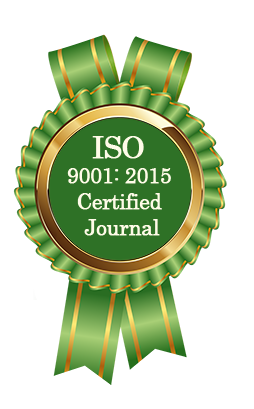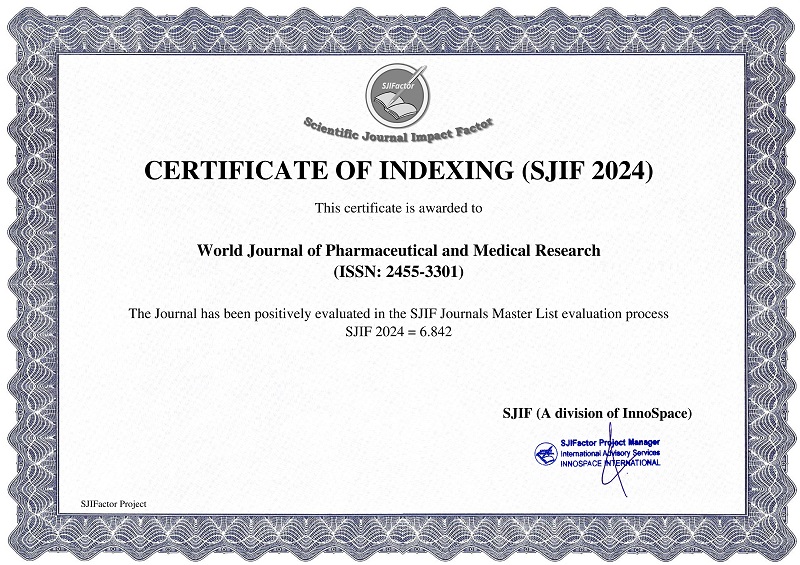DIFFERENTIAL DIAGNOSIS OF ANEMIA IN RHEUMATOID ARTHRITIS SUDANESE PATIENTS
*Tahani Mursal, Sahar Elbager, Abubaker Fadl Elmola, Rania Ahmed, Mahir Mohamed, Tahani Abbas
ABSTRACT
Background: Rheumatoid arthritis is chronic autoimmune disease that affected small joint in the hand and feet causing swelling that can result in bone erosion and joint deformity, anemia is the most common and serious blood abnormality seen in rheumatoid arthritis. Aim of this study was assessment of anemia in rheumatoid arthritis patients, differentiated between the types of anemia and correlation between anemia and duration of rheumatoid arthritis. Material and method: This study was cross sectional study, carried out in military hospital in (Omdurman state) and soba hospital during period from January 2014 until March 2014. Result: (60%) of rheumatoid arthritis are anemic and (40%) non anemic the result demonstrated that the Hb level, RBCs and PCV are significantly reduced in anemic rheumatoid arthritis patients in comparison with non-anemic rheumatoid arthritis patients with P value (0.000) for Hb, RBCs and PCV. The result demonstrated also that MCH significantly reduced in anemic rheumatoid arthritis patients in comparison with non-anemic rheumatoid arthritis patients with P value (0.003) while MCV & MCHC are within normal range. In anemic rheumatoid arthritis patients, serum ferritin was significantly reduced in 7 while 23 patients have normal level of serum ferritin. Based on cutoff of 15μg/L for ferritin, 23% of anemic rheumatoid arthritis patients have IDA and 77% have ACD. Conclusion: There are two types of anemia in rheumatoid arthritis patients, IDA and ACD. ACD is more common in rheumatoid arthritis patients.
[Full Text Article] [Download Certificate]



